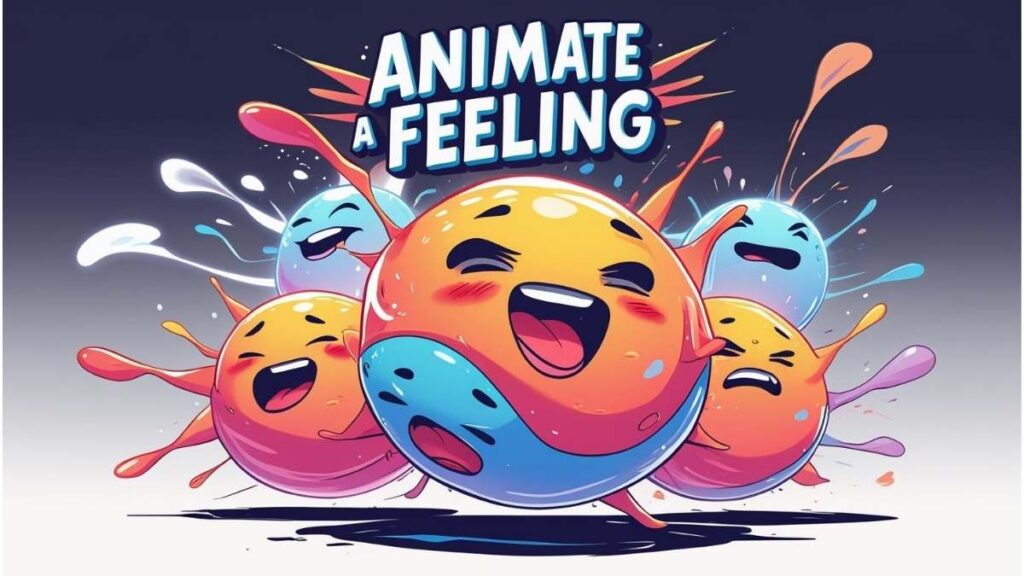One of the fastest ways to improve your animation isn’t drawing more—it’s feeling more.
If that sounds dramatic, good. Because great animation is full of drama—even when it’s just a lonely little ball drooping on a rainy windowsill.
This practice is simple: animate a feeling.
No dialogue. No fancy rigs. Just pure emotion, told through movement.

Why Animate a Feeling?
Animation is motion, sure—but the best scenes make us feel something. What separates a bouncing ball from a character is intent.
Animating a feeling trains you to think like a storyteller. You’re not just asking “What happens next?”—you’re asking “How does it feel to move this way?”
As Disney legend Ollie Johnston famously said (quoted in Animator Island), “You’re not supposed to animate drawings. You’re supposed to animate feelings.”
The Practice
Pick one emotion—just one. Then animate a basic shape expressing that emotion in 3–6 seconds.
- Joy: A circle bouncing and twirling with extra spring
- Fear: A hesitant slide backward, then a sudden dash off‑screen
- Anger: A vibrating build‑up followed by a sharp stomp
- Sadness: A slow, melting slump toward the floor
Keep the design simple; let the movement do the talking.

What You’ll Learn
- Timing & spacing: How tempo changes the mood
- Character thinking: Even a blob can feel alive with clear intent
- Visual clarity: Can someone guess the feeling at a glance?
Soon you’ll notice emotions everywhere—the bounce in a friend’s walk, the weight in a tired slump. That’s storytelling gold.
Bonus Challenge
Animate two opposite emotions with the same shape: proud, then embarrassed. Same design—totally different rhythm. That’s growth in action.
Sources
- Animation Mentor – Animating the 6 Basic Emotions
Pro animators break down how to express emotion clearly through body language and timing. - Animator Island – Emotional Build Up
Offers techniques for creating emotional impact in animated scenes through buildup and contrast. - Wikipedia – Timing (12 Principles of Animation)
Explains how timing affects motion, emotion, and audience reaction in animation.


























